TWO BRITISH SABERS FROM SARGANT AND SON

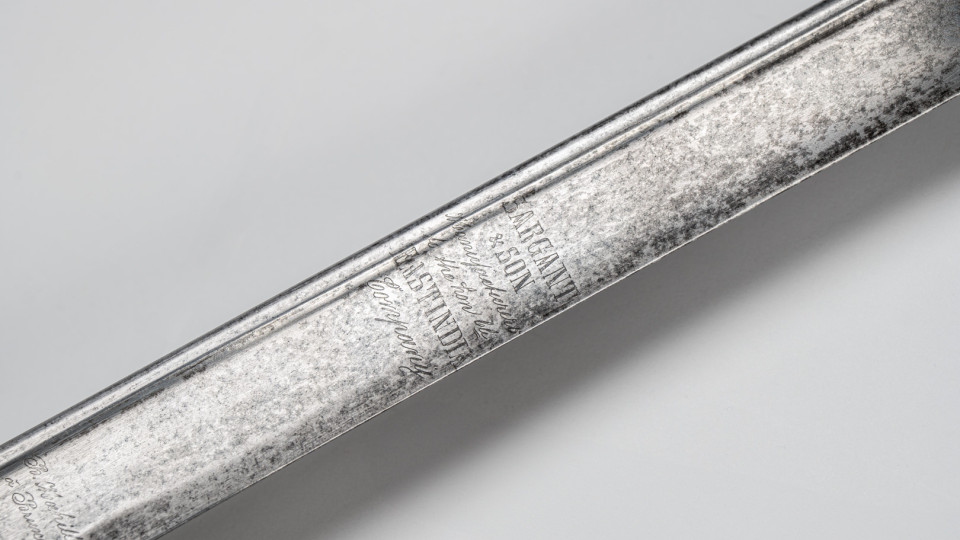

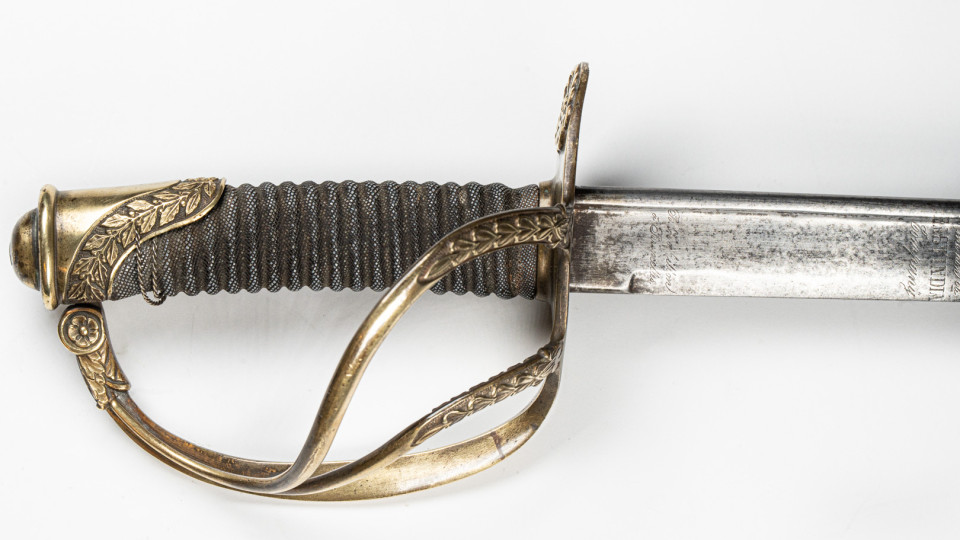
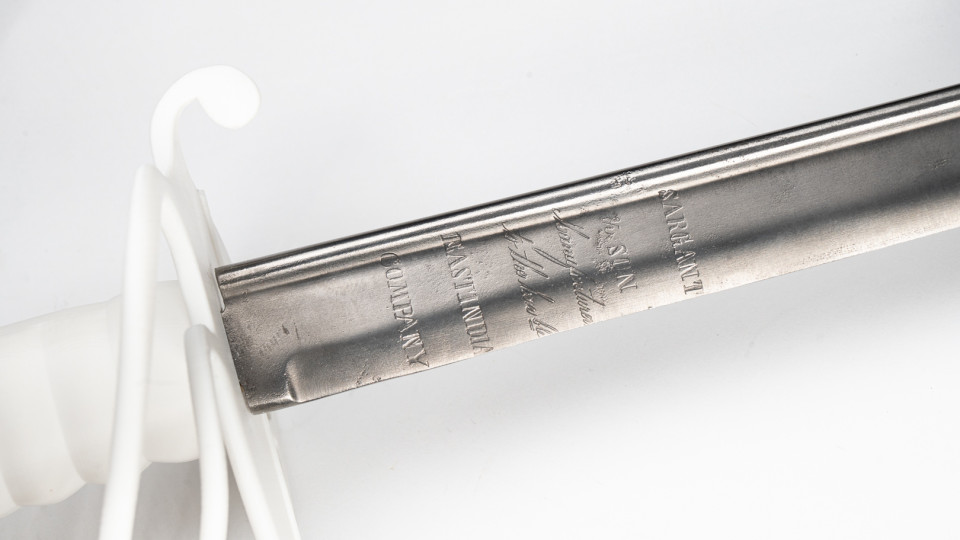
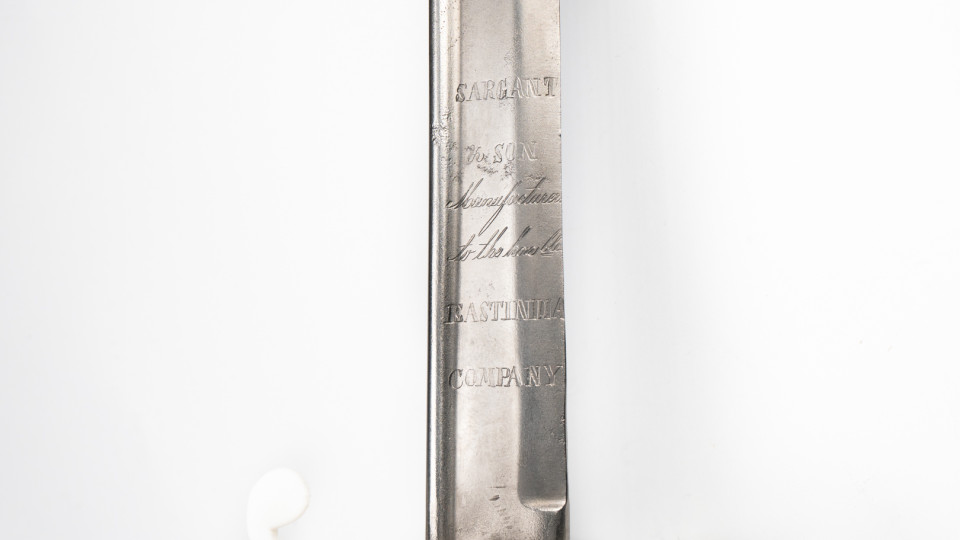
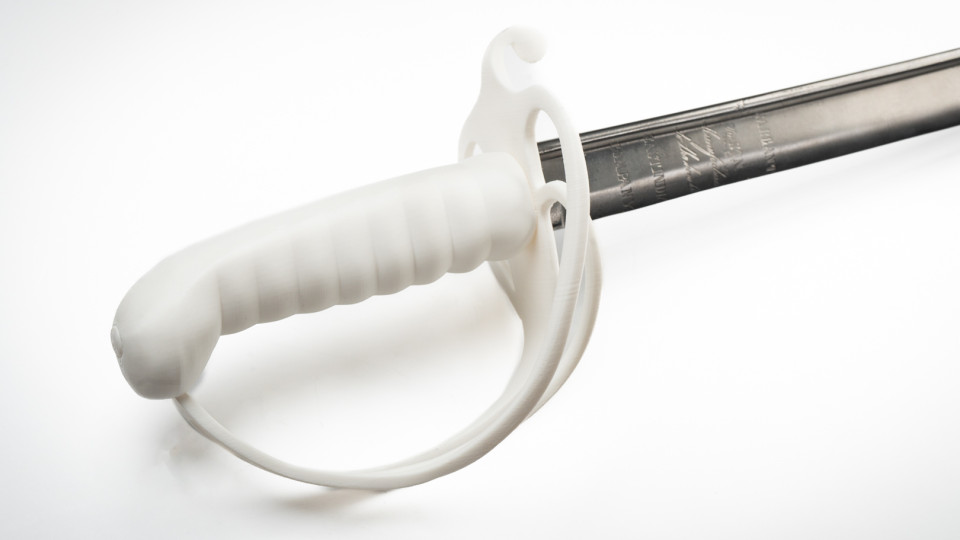
British East Indies Company (BEIC) infantry sabre.
Sargant and Son, London, United Kingdom, circa 1850.
Inv.: MAL 17737
1848 model Belgian infantry sabre
Sargant and Son, London, United Kingdom, circa 1848, sold by Mahillion in Brussels, Belgium
Inv.: MAL 17738
Initially named the Company of Merchants of London Trading into the East Indies, the British East India Company (BEIC) was founded by royal charger under the reign of Elizabeth I of England on 31st December 1600, on the initiative of powerful London businessmen. Its purpose was to establish a British commercial monopoly in the Indian Ocean to begin with before moving onto the whole of Asia thereafter. It dominated its rivals of the Compagnie Française des Indes orientales (CFIO) and Verenigde Oost Compagnie (VOC) in the Netherlands.
After clearing the French out of the country, it started to bleed India dry* and founded the basis of what became the British raj after 1858. It also founded Hong-Kong, Singapore and many other trading posts. It spread the taste for tea throughout the world and forced the opium trade in China, triggering the wars of the same name, in which the China was brought to its knees in the name of European capitalism.
Although the BEIC was a private company, it was no less the very basis of the British Empire in Asia. In the 19th century, it was more powerful than many States. However, when it lost its monopolies in 1813, the BEIC went into decline until the Sepoy Mutiny in 1858. In 1860, the Company's assets reverted to the Kingdom and it was completely dissolved on 1st January 1874.
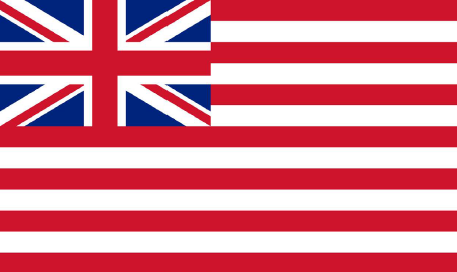
The sabres on display here were both made in London by Sargant and Son, the official supplier of the BEIC. It should be noted that one of the two sabres is incomplete, though thanks to photos, its hilt has been recreated by a 3D printer. For purely educational purposes, the handle remains in white. The other sabre, also made by Sargant and Son but intended to be sold in Belgium, provides a better idea of the colours on the hilt.
* To bleed dry: figuratively speaking, unscrupulous and abusive exploitation.
Loïc Servais
Curator of the Weapons Collection / Grand Curtius
The object of the month in video
Exhibition location
The artefacts are visible in the object of the month showcase in the entrance hall of the Grand Curtius Museum in Liège.
Captions for visuals – Copyright: City of Liège - Grand Curtius.
Press report
Musée de Liège
